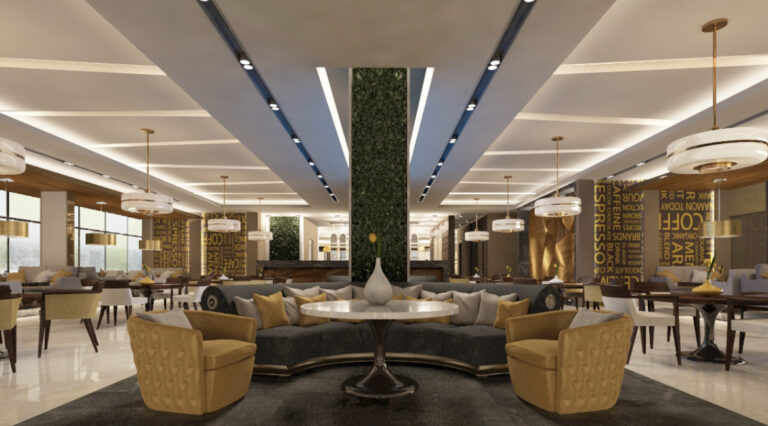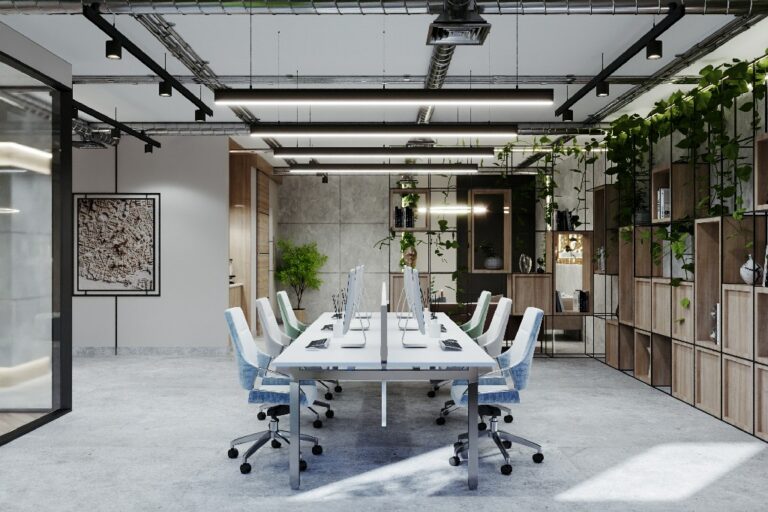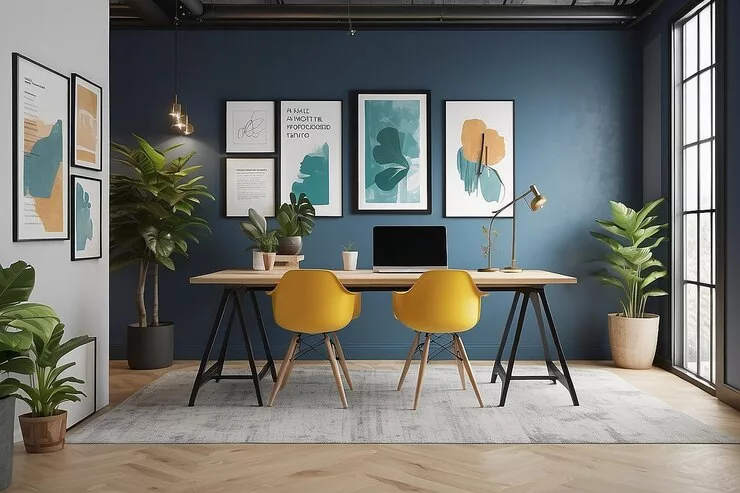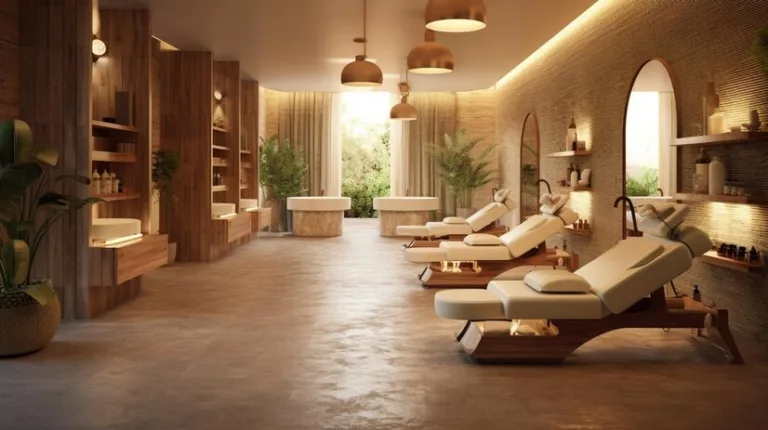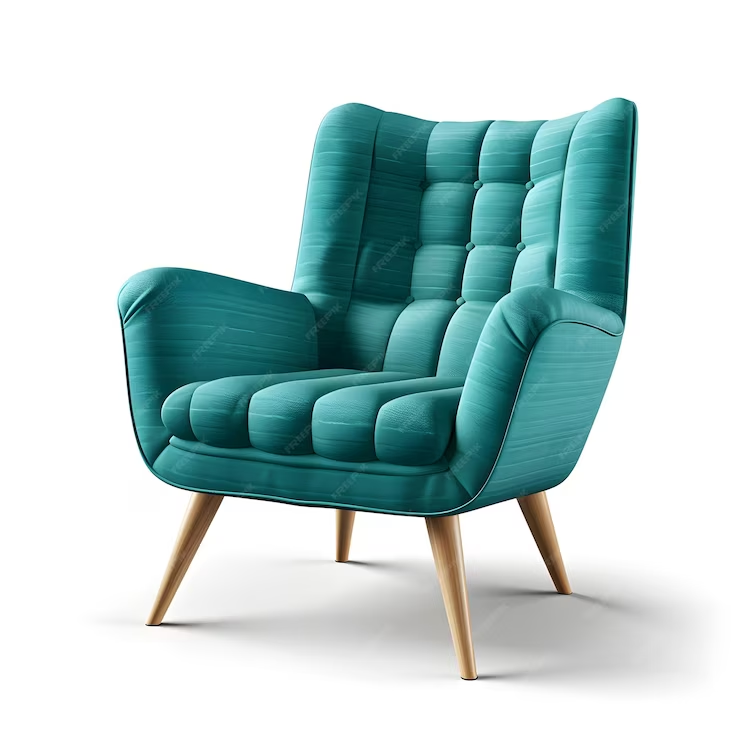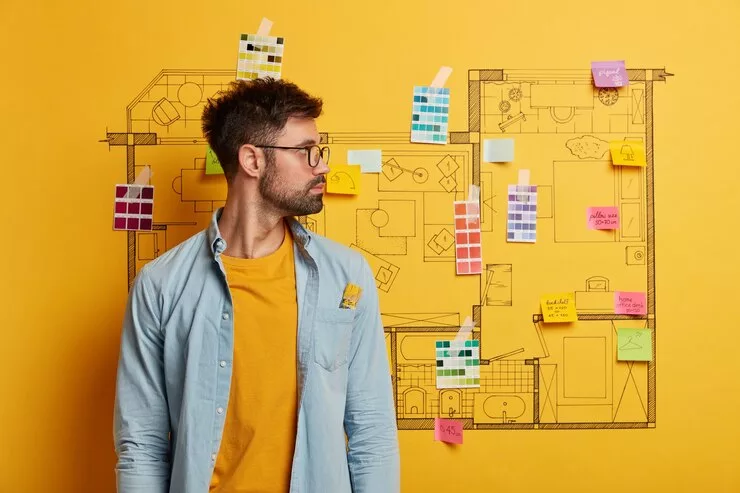Strategies for designing a successful cafe
Cafe design is an important and exciting part of the hospitality industry. It is a key factor in creating a comfortable and inviting atmosphere for visitors, and contributes to making the visit experience unique and satisfying.
Cafe design should be responsive to the needs of visitors and reflect the brand identity. It should be comfortable, attractive, and functional at the same time.
Cafe design can help to attract more visitors and enhance their experience, thus increasing the success of the cafe.
In this article, we will discuss everything related to cafe design from the architectural aspects, interior design, furniture selection, and lighting. You can follow the next lines.
Learn about the strategy of the architectural aspects of cafe design:
It is obvious that there are some points that should be taken into account during cafe design in general. This is what we will follow in the next lines.
Architectural planning:
Cafe design starts by determining the available space and analyzing it to identify strengths and weaknesses.
It is also important to consider the flow of movement and distribute the spaces appropriately to ensure the comfort of visitors and avoid crowding.
In addition, it is necessary to allocate different areas such as the seating area, the general area, and the quiet area to meet the different needs of visitors.
Interior design:
A design should be chosen that is suitable for the cafe’s identity and reflects its desired atmosphere.
Warm and comfortable colors should also be chosen and coordinated well to create a welcoming and relaxed atmosphere.
In addition, decorative elements such as paintings, indoor plants, carpets, and curtains can be used to add aesthetic touches and variety to the decor.
Furniture selection:
Furniture selection should also be in line with the style and design of the cafe, whether it is classic, modern, or contemporary.
The furniture should be comfortable, practical, and durable to meet the needs of visitors and quality standards.
In addition, movable and adjustable furniture can be used to meet the needs of different gatherings and change the composition of the place.
Lighting:
Lighting is also a vital element in cafe design, as it affects the atmosphere, mood, and comfort.
It is important to use a combination of general lighting, task lighting, and accent lighting to achieve a balanced and attractive distribution of light.
Direct, indirect, neon, and candlelight can be used to add different touches and variety to the lighting.
Additional details:
It is important to provide enough space for storing equipment and supplies necessary for the operation of the cafe.
Special attention should be paid to providing areas for working on laptops, reading, or quiet discussions.
Personal touches such as books, games, or magazines can be added to add a touch of freshness and entertainment.
How to choose suitable colors for cafe design:
Of course, there are some tips that help you choose colors during cafe design. This is what we will show you in the following lines.
Consider the cafe’s theme:
The basic idea of the cafe is the basis for determining the appropriate colors. The colors should be in harmony with the basic idea and express the character of the cafe. For example, warm colors such as brown and light yellow can be chosen for a cafe with a rustic theme, while bright and vibrant colors such as blue and green can be used for a modern and contemporary cafe.
Wall color:
The wall color is one of the essential elements in determining the atmosphere of the cafe. The walls of the cafe can be painted in light colors to create a feeling of freshness and spaciousness, while dark colors can be used to create a more warm and intimate atmosphere. The gradient painting technique can also be used to add an artistic and attractive touch.
Color rules:
The color rules can be used to achieve harmony and balance between different colors. For example, the idea of contrasting color can be used by choosing colors that are opposite in the color wheel, such as blue and orange or green and red, to create a beautiful contrast. The adjacent color or the complementary color of a basic color can also be used to achieve variety and balance in colors.
Emotional colors:
Emotional colors should also be taken into account as their impact on mood and feelings. Gentle and soft colors such as light blue and green can be used to provide a relaxing and comfortable environment.
5 . Experiments and samples:
Before making a final decision on colors, you can conduct small experiments on the walls or use small samples of colors to evaluate how they will appear in the café. An interior designer can also be used to help choose the appropriate colors and coordinate them harmoniously.
Finally, you can rely on us to design enough to give you the best results for this project in terms of interior designs and creativity. We have in our Vera website specialists in this field. They work to achieve a design that remains in our history, something honorable that makes our customers in a permanent state of confidence and pride while communicating with us
